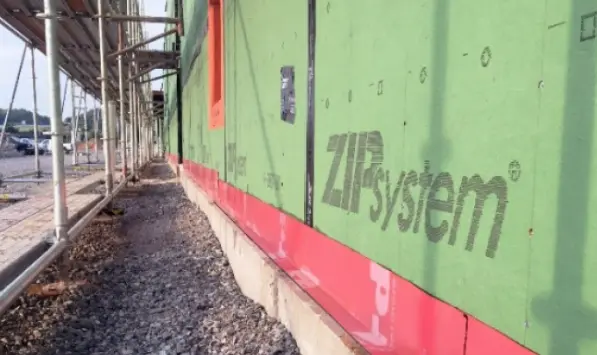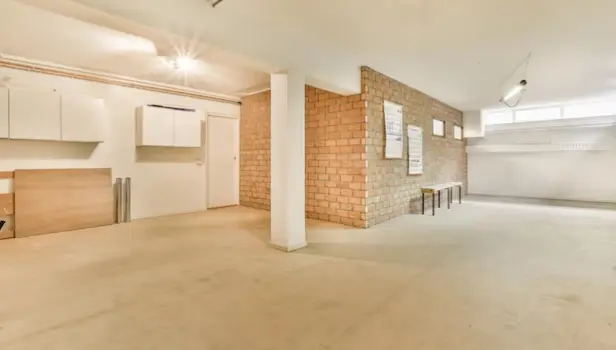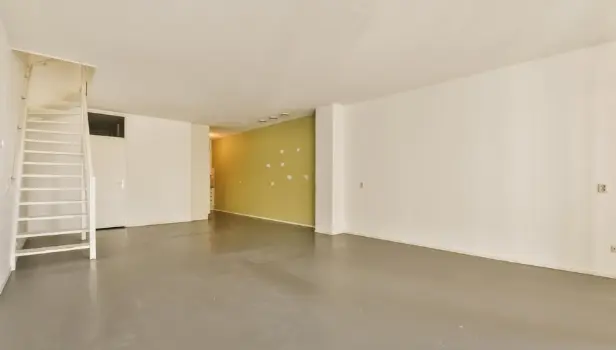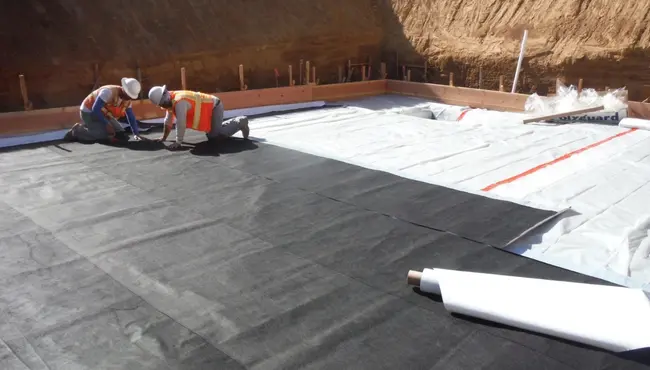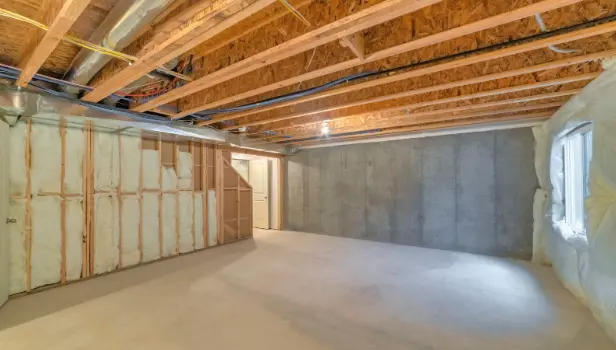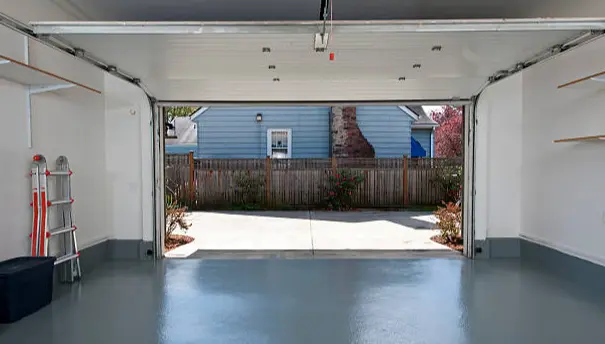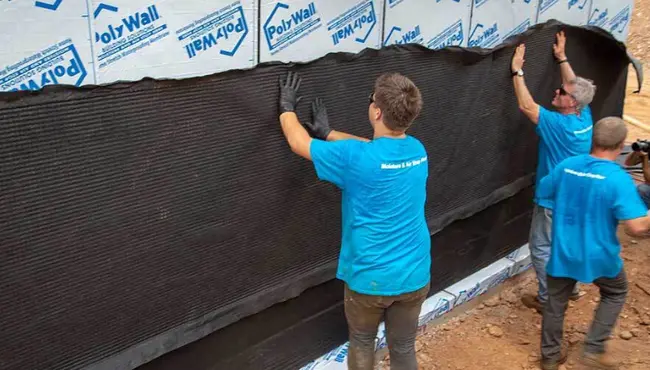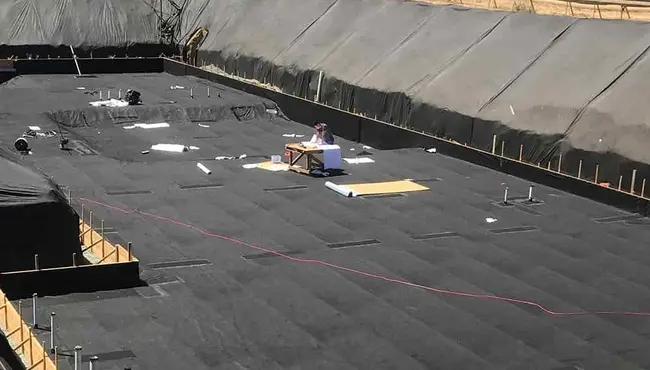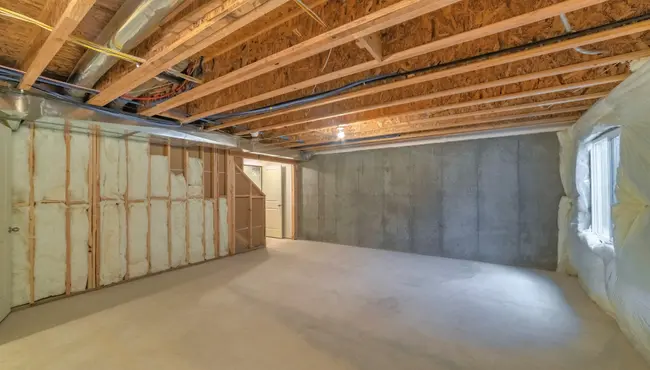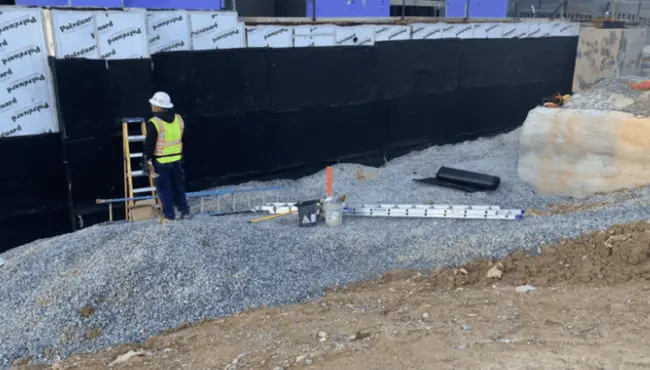Flashing where siding meets concrete is an essential technique to protect your building from water damage, mold, and foundation issues. Properly installed flashing directs moisture away from vulnerable areas, ensuring the long-term stability of both the siding and the foundation.
To achieve reliable, lasting protection, it's crucial to select the right materials and installation methods that offer superior durability and performance in even the harshest conditions.
The Importance of Flashing in Moisture Control
Flashing is a thin layer of water-resistant material applied to joints and penetrations to direct moisture away from vulnerable areas of a building’s exterior. When siding meets concrete, it forms a joint that can be a gateway for water infiltration. Proper flashing seals the area, ensuring water is diverted from the foundation, helping to prevent damage to both the siding and the concrete slab beneath it.
There are several types of flashing materials commonly used in construction, each with specific advantages:
- Metal Flashing – Typically made from aluminum or galvanized steel, metal flashing is durable and offers excellent protection from the elements.
- Self-Adhering Membranes – These rubberized asphalt materials, like Polyguard 105 Flashing Membrane, offer superior waterproofing and adhesion without requiring additional adhesives or fasteners.
- Fluid-Applied Flashing – Liquid solutions that cure to form a seamless membrane over the flashing area, such as Polyguard’s Blue Barrier Liquid Flashing, which provides both flexibility and long-lasting protection.
To achieve optimal protection and performance, selecting the right materials for flashing is key, and Polyguard offers some of the most reliable solutions available.
Why Choose Polyguard for Flashing Solutions
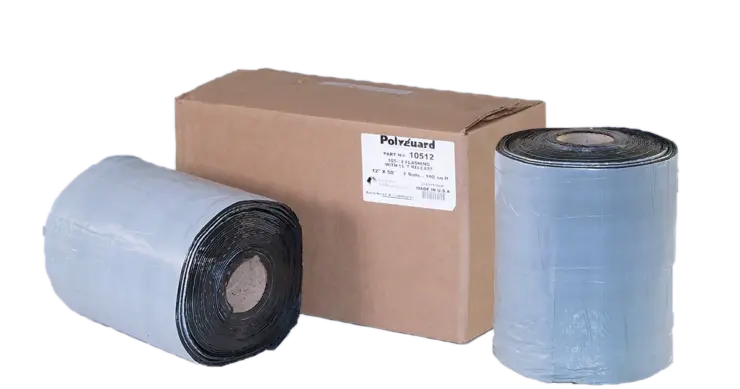
Polyguard’s advanced flashing solutions are specifically designed to provide superior waterproofing and durability, ensuring long-lasting protection where siding meets concrete.
Polyguard 105 Flashing Membrane
Polyguard 105 Flashing Membrane is a top-tier product for areas where siding meets concrete. This self-adhering, rubberized asphalt membrane ensures a tight bond to a variety of substrates, providing an effective moisture barrier. It is specifically designed to withstand extreme weather conditions, preventing water penetration from rain or snow that could otherwise damage the structure over time.
Polyguard’s TRM Flashing Moisture|Termite Barrier
TRM Flashing is another innovative solution that goes beyond just moisture protection. This dual-purpose flashing not only prevents water infiltration but also serves as a barrier to termites, a valuable addition to areas where siding meets concrete in regions susceptible to pest-related issues.
With the right materials in place, the next step is ensuring a proper and efficient installation process to maximize the effectiveness of your flashing.
Step-by-Step Guide to Installing Flashing
The installation of flashing where siding meets concrete is a straightforward process, but it requires precision and attention to detail. Follow these steps for optimal results:
1. Preparation
Before applying any flashing, ensure the surface is clean and dry. Any dirt, debris, or moisture will prevent the flashing from adhering properly, compromising its effectiveness. If necessary, use a mild detergent to clean the surface and allow it to dry completely.
2. Apply Flashing Membrane
Once the area is prepared, apply the Polyguard 105 Flashing Membrane directly to the concrete surface, making sure it overlaps with the siding. Start at the base and work upwards, pressing the membrane into place to ensure there are no air pockets or gaps. This self-adhesive membrane will bond directly to the substrate, providing a continuous barrier.
For areas requiring added protection, apply a second layer of flashing. Ensure that all edges and seams are securely bonded to prevent water from seeping through any potential openings.
3. Seal and Inspect
After the flashing membrane is in place, seal the edges using Polyguard Detail Sealant PW™ to ensure that all seams are watertight. Inspect the installation for any visible gaps or areas where the flashing may have lifted. Proper sealing is crucial in maintaining the integrity of the flashing over time.
Beyond selecting the right materials and installation methods, it’s also important to consider regional factors and compliance with local building codes to ensure the long-term effectiveness of your flashing system.
Local Building Codes and Climate Impact on Flashing Installation
When planning the installation of flashing, it’s important to consider both the local building codes and the climate of the region where the building is located. Different areas may have varying requirements for flashing materials and techniques, which could impact the long-term performance of the flashing.
Building Code Compliance
Each region has specific codes that dictate the installation of flashing, especially at points where siding meets concrete. Compliance with these standards is necessary to ensure that the building meets structural and safety requirements. In some areas, flashing materials may need to meet certain certifications, such as ASTM standards for moisture resistance.
Climate Considerations
The local climate plays a major role in the type of flashing materials you should use. In areas with high humidity or frequent rainfall, a more robust flashing solution like Polyguard 105 Flashing Membrane or Blue Barrier Liquid Flashing is ideal, as these products provide superior water resistance. In regions with extreme heat or dryness, materials that resist cracking and UV degradation are essential, such as Polyguard Aluma-Flash.
Once your flashing is installed and compliant with local regulations, regular maintenance is essential to ensure its continued effectiveness and protect your building from potential damage.
Maintaining Flashing Over Time
Proper maintenance is key to ensuring that flashing remains effective throughout the life of the building. Regular inspections are essential, especially after significant weather events like heavy rains or snow. Look for signs of wear such as cracks, peeling, or any gaps where water could potentially enter.
If damage is found, address it promptly by reapplying the necessary flashing materials or sealants. Routine checks will extend the lifespan of your flashing and prevent costly repairs down the road.
Choose Polyguard for Reliable Flashing Solutions
Polyguard specializes in advanced flashing and waterproofing solutions that provide long-term protection against moisture and structural damage. With a focus on durability, ease of installation, and superior performance, we are the trusted choice for both residential and commercial applications.
Contact us today for more information.
